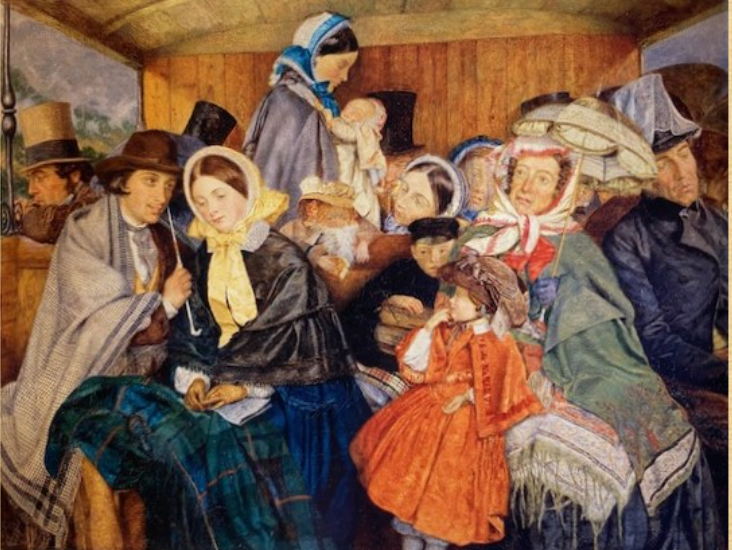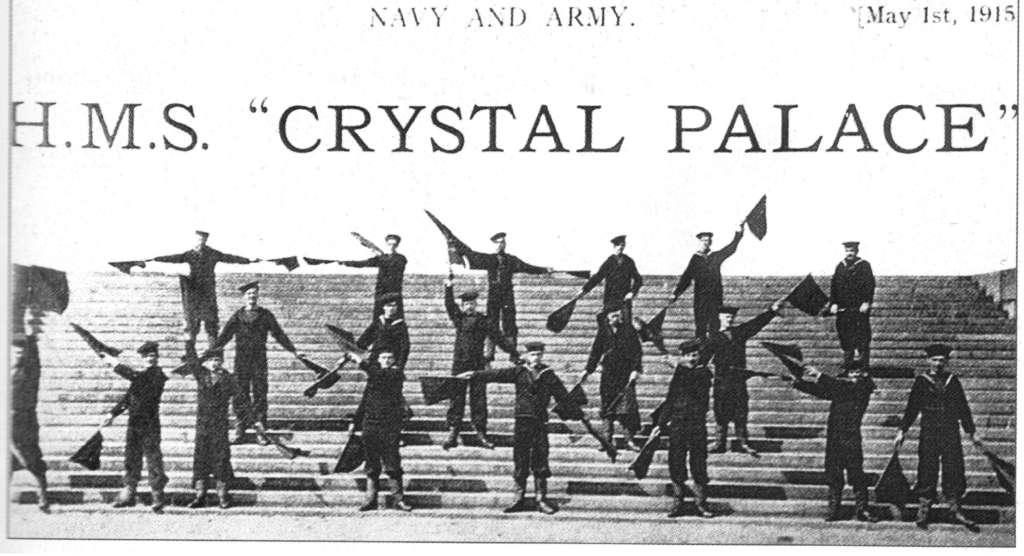This is a report on our first public event in March 2024. We explored three different aspects of Crystal Palace Park’s history, from its early origins to its use during the World Wars – Simon Jeal
How the Railways Created The Crystal Palace

Martin Spence’s talk focused on the importance of the railway to the movement and location of the park when it moved from Hyde Park in the 1850s.
He detailed the links between the directors of the rail companies and the Crystal Palace Corporation, which bought up the land for the purposes of opening the park as a commercial attraction after the great exhibition closed, and how their ambition and pursuit of profit led to the building of the park.
Without the railways providing easy access to visitors travelling down from London, including the spur of track built specifically to arrive at the park, Martin suggests the Park may never have succeeded and the local area may not have grown rapidly during the early years of the park.
Dinosaur Disagreements

Leah Demetriou explored the influence of two of Britain’s most pivotal Paleontologists, Gideon Mantell and Richard Owen, whose opinions informed the creation of the iconic Crystal Palace Dinosaurs.
Mantell discovered the Iguanodon and Hylaeosaurus, and Owen used them and Megalosaurus to coin the familiar term “dinosaur”. However, their opinions on what these creatures looked like did not align.
Owen believed that Iguanodon stood on four legs, was low-set, sturdy, and built much like a rhinoceros. Mantell initially believed that Iguanodon resembled its namesake, the Iguana, but later realised that it likely stood on two legs.
Neither man was willing to back down, and the feud extended into their personal lives, colouring both of their reputations.
The Park’s War Effort

Andrea Vail’s talk described the transformation of the park from idyllic Victorian recreation ground to a hub for the war effort when the park was requisitioned by the navy for use as a training ground, becoming HMS Victory VI.
After the First World War, the Crystal Palace became the site of the new Imperial War Museum before it burnt down in 1936.
The site was transformed again during the Second World War, becoming a scrapyard for military vehicles and then a site where the rubble from bombed buildings was moved to.

Leave a Reply